AET Blogs
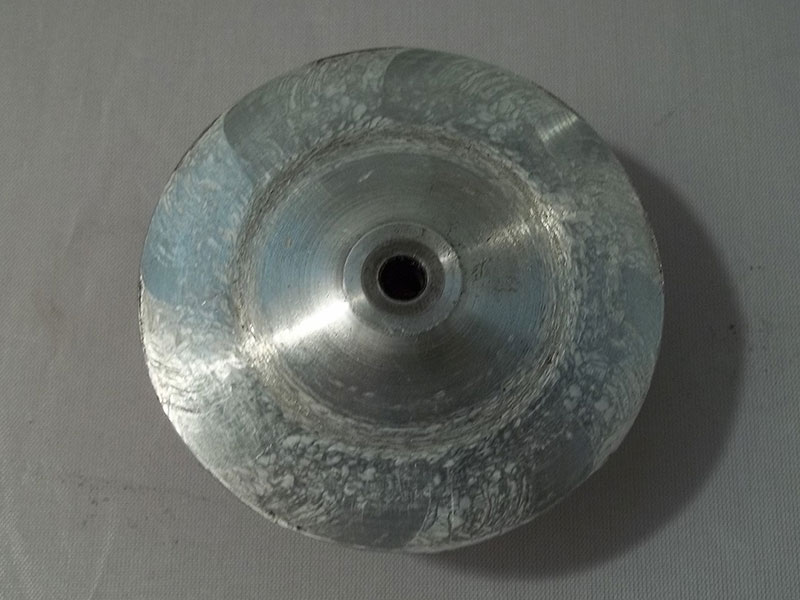
Compressor wheel damage – overspeeding
In these images, you can see that the back of the compressor wheel has become rippled and pitted, which are early signs of damage caused by overspeeding.
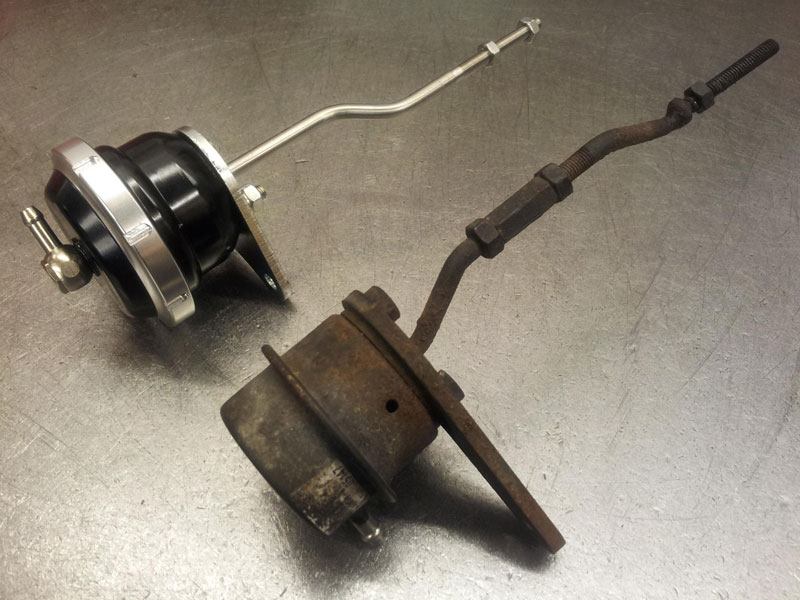
Wastegate Actuator damage
Faulty or damaged actuators are the cause of many of the turbo problems we see at AET, but they can be easy to overlook.
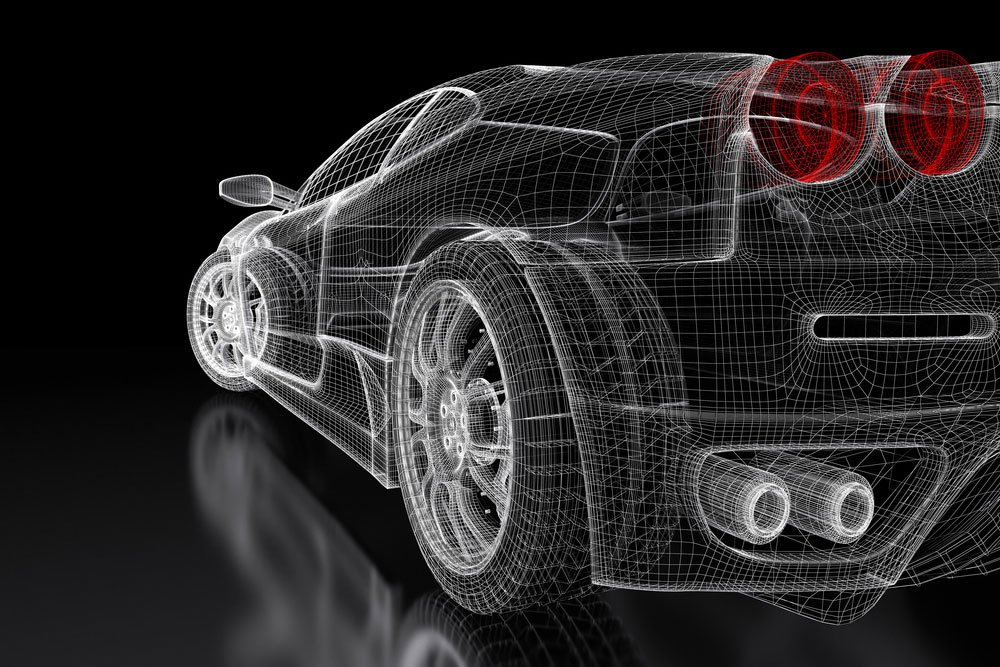
Future Turbo Tech – Developments in Turbocharging
If you read last month’s ‘Turbocharged Future” post, you’ll know that Turbocharging is going mainstream. More and more major vehicle manufacturers are turning to the technology in an effort to combat rising fuel prices and ever increasing vehicle emissions’ standards. In this post, we look at some of the current and near-future developments in turbocharging…
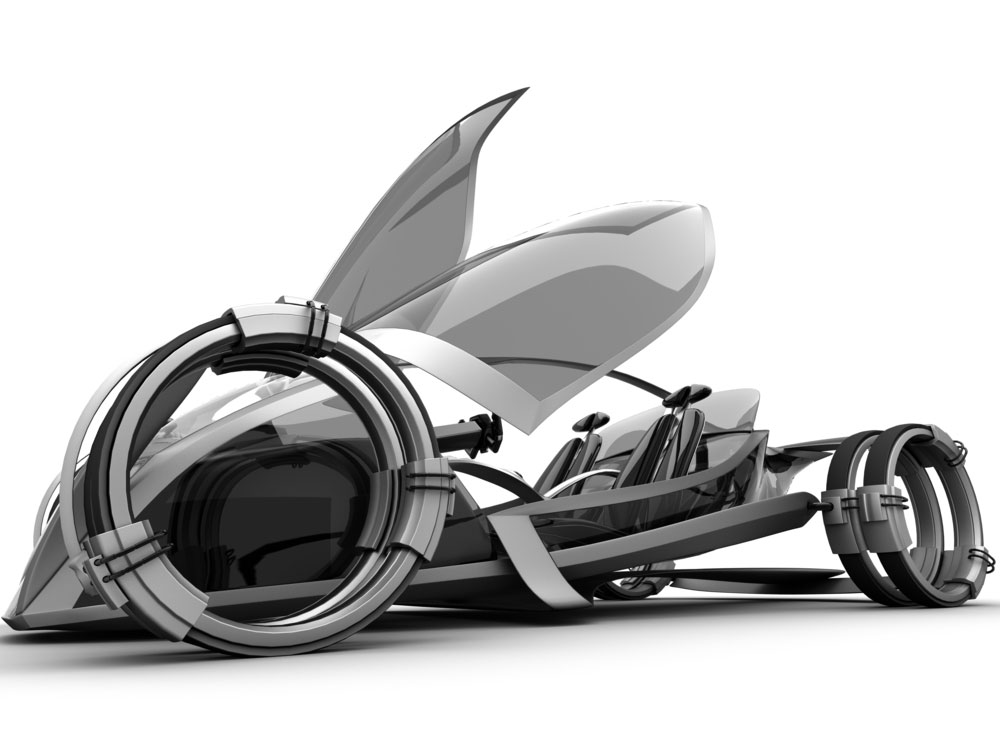
A turbocharged future – why more and more automotive manufacturers are turning to the turbo
Whilst turbocharging was once reserved for true petrolheads and performance enthusiasts, the technology is now becoming more and more popular amongst mainstream automakers. In this post, we’ll be looking at the reasons behind the trend, and why the turbo looks destined to become even more popular with both consumers and vehicle manufacturers over the next…
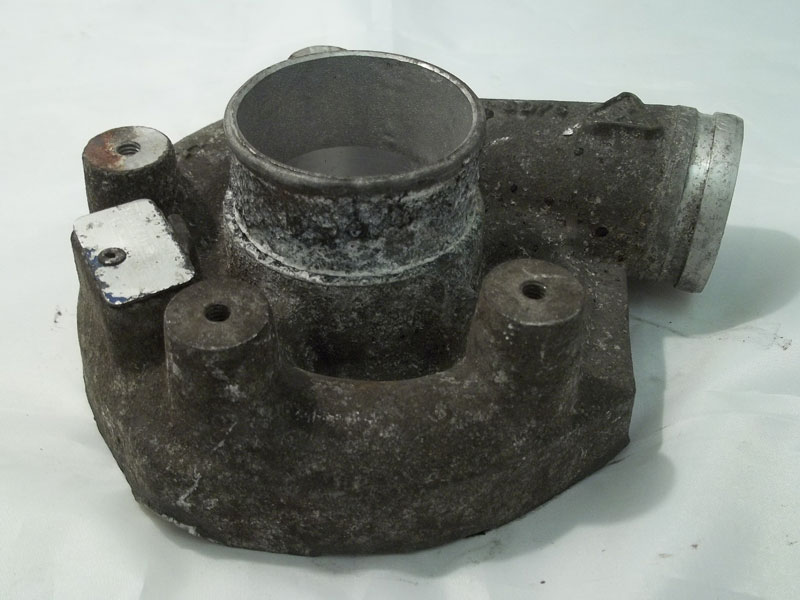
Compressor Cover damage – corrosion
In the first two images, you can see corrosion damage to the seal area and inlet of the compressor cover. This type of damage is extremely common with Porsche units as, with the turbos sited so low down on the vehicle, they catch all the road debris that gets flung up from the back wheels.…
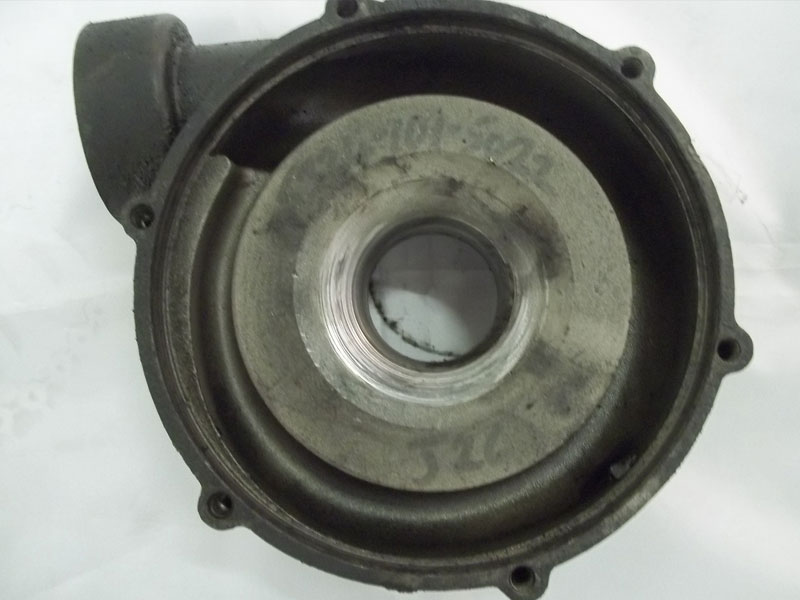
Compressor Cover damage – scoring
When it comes to turbo damage, oil has a lot to answer for, with oil pressure, delay and contamination all common culprits.

Common Turbo Faults and How to Spot Them
Our experienced teams have been helping customers from across the UK with their turbocharger repairs since 1974. In this post, we’ll be sharing some of the knowledge about common causes of turbocharger damage, and teaching you how to tell when your turbocharger is in need of a service, repair or rebuild.
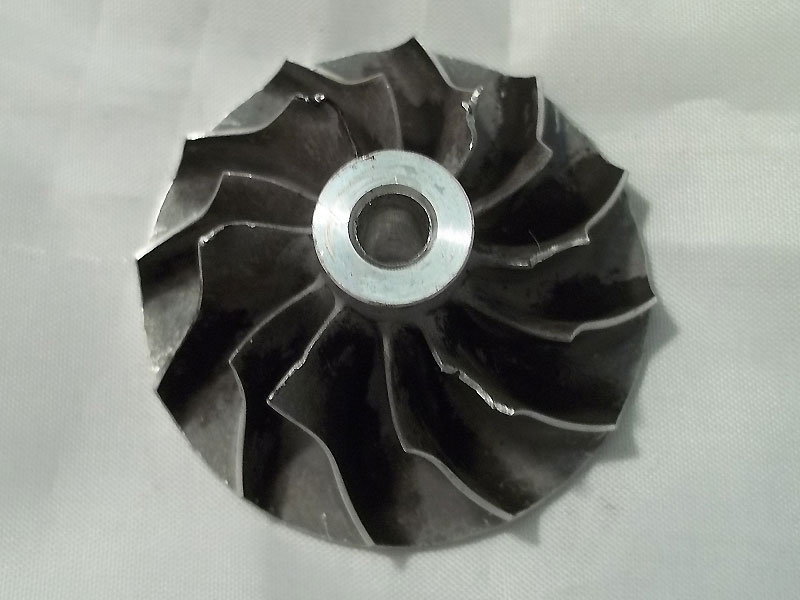
Compressor Wheel – ‘mouse & nut’ damage
You couldn’t make this one up. One of our customers had parked their car up for winter and during this time, some mice had taken refuge in the airbox...

Turbochargers vs Superchargers – the big debate
At AET Turbos, we’re often asked to explain the difference between turbochargers and superchargers.
Whilst we briefly covered the topic in last month’s Turbocharger FAQ, this post aims to explain the differences in more detail, covering the mechanics, along with the major pros and cons of each technology.
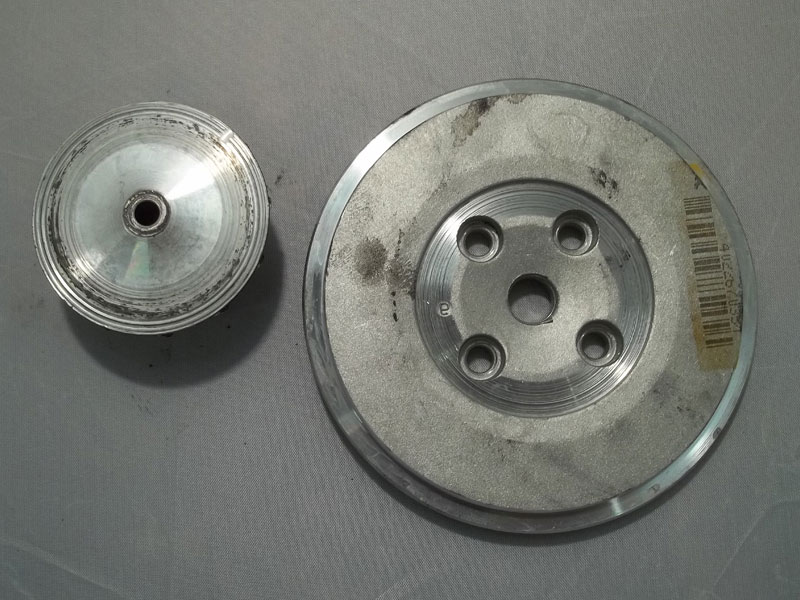
Seal Plate Damage – Excessive Wear of Bearings
If the thrust or journal bearings become excessively worn, then they can cause damage to the seal plates like in the example pictured here.
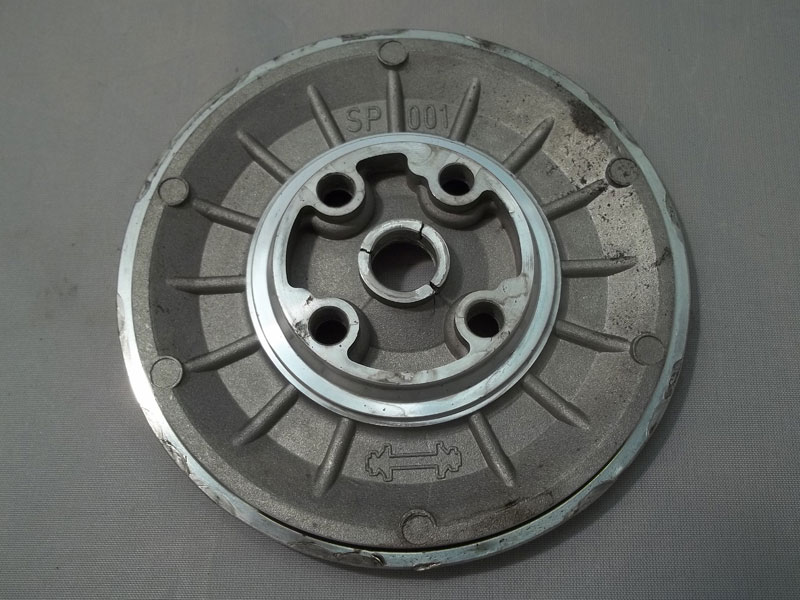
Seal Plate Damage – Excessive Play in Bearings
Here, the seal plate has been damaged by excessive play in the journal bearings (also known as thrust bearings).
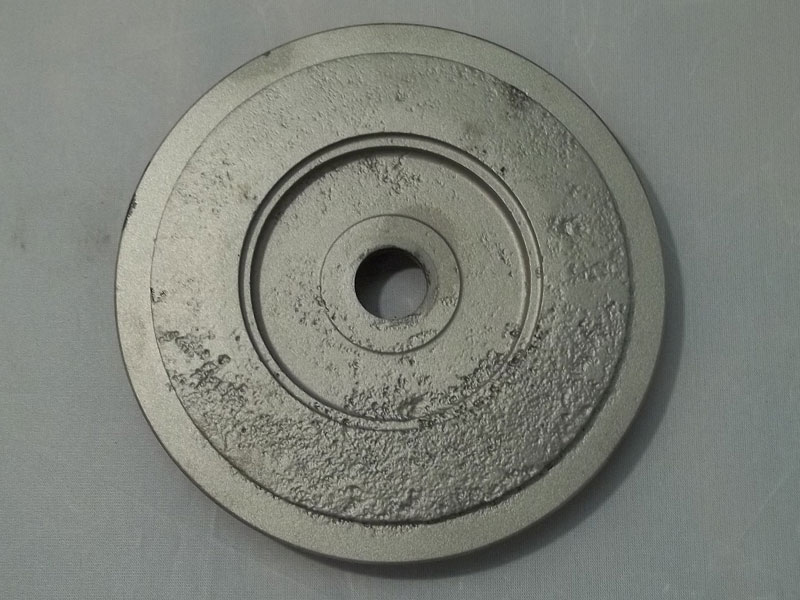
Seal Plate Damage – Corrosion
In this image, you can see a seal plate with the tell-tale signs of corrosion damage. On a new, undamaged back plate, the surface would be smooth, but here, corrosion has caused the face of the seal to become pitted, worn and roughened.
